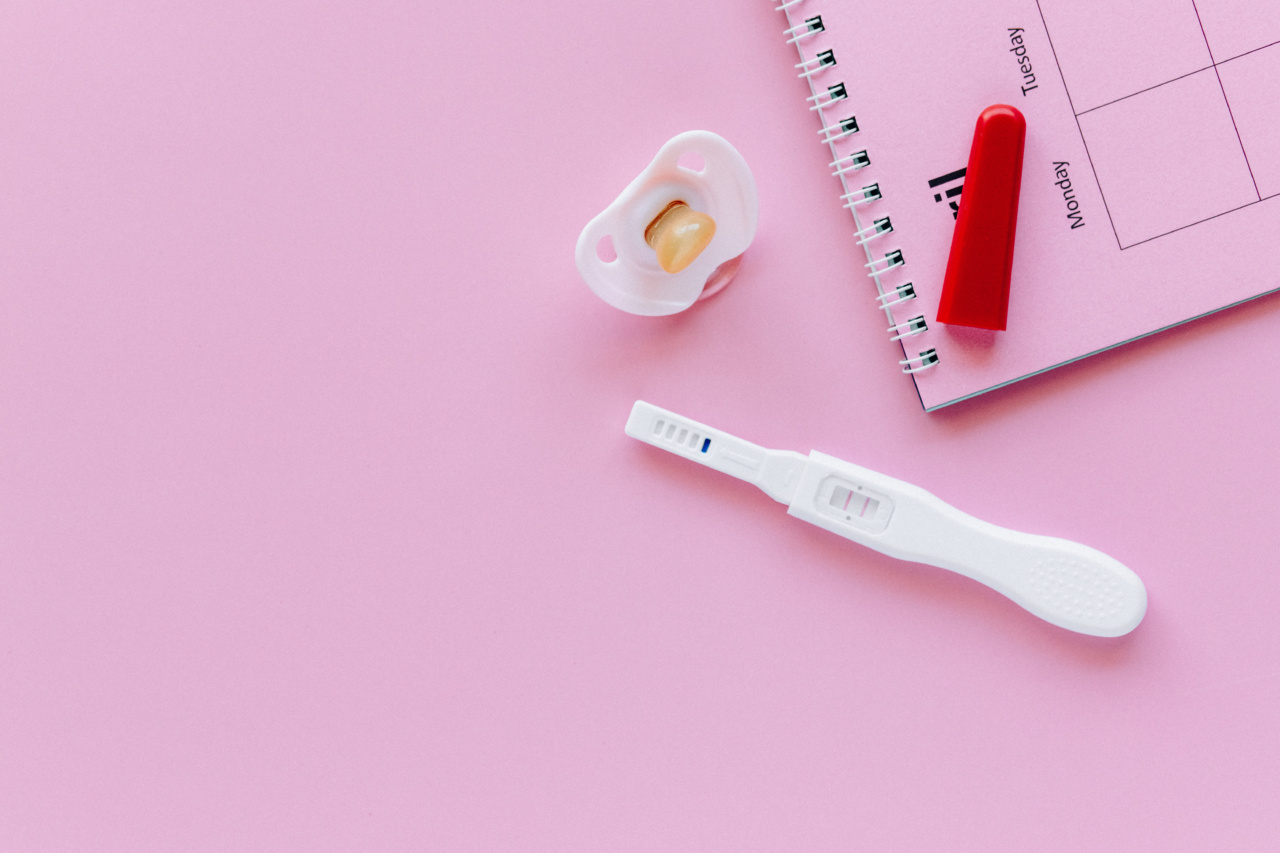Infertility affects many couples around the world, and finding the right fertility treatment can be a challenging and emotional journey.
Endometrial insemination, also known as intrauterine insemination (IUI), is a popular and effective treatment option for couples struggling with infertility. This procedure involves the direct placement of sperm into the uterus, increasing the chances of successful fertilization and pregnancy.
In this article, we will explore the details of endometrial insemination, including its procedure, benefits, risks, success rates, and considerations for couples considering this treatment option.
What is Endometrial Insemination?
Endometrial insemination is a fertility treatment method that involves the introduction of concentrated and processed sperm directly into the uterus.
The goal of this procedure is to increase the chances of sperm reaching the fallopian tubes, where fertilization of the egg usually occurs. By bypassing some of the natural barriers to fertilization, endometrial insemination improves the likelihood of sperm reaching the egg, resulting in pregnancy.
The Procedure
The process of endometrial insemination typically involves the following steps:.
1. Sperm Collection: The male partner provides a semen sample, which is then processed to concentrate and separate healthy sperm from other components.
2. Ovulation Monitoring: The female partner’s ovulation cycle is closely monitored using various methods such as ultrasound scans or hormone level tracking to determine the optimal timing for the procedure.
3. Sperm Preparation: The concentrated sperm sample is carefully prepared in the laboratory, taking into account factors such as sperm motility and quality.
4. Catheter Insertion: A thin, flexible catheter is gently inserted into the uterus through the cervix. This procedure is usually painless and does not require anesthesia.
5. Sperm Placement: The processed sperm sample is slowly injected into the uterus through the catheter. This step ensures that sperm are delivered closer to the fallopian tubes, increasing the chances of fertilization.
6. Monitoring and Support: After the procedure, the couple may be advised to rest for a short period. The female partner may also be prescribed medications to support implantation and early pregnancy.
Benefits of Endometrial Insemination
Endometrial insemination offers several benefits for couples facing fertility challenges:.
1. Increased Sperm Count: By concentrating the sperm before placement, the chances of successful fertilization are significantly improved.
2. Enhanced Sperm Function: The processing of the sperm helps to improve their motility and viability, increasing the likelihood of fertilizing the egg.
3. Timed Procedure: By closely monitoring the female partner’s ovulation cycle, endometrial insemination can be timed to align with the most fertile period, maximizing the chances of successful conception.
4. Non-Invasive: Unlike more invasive fertility treatments, such as in vitro fertilization (IVF), endometrial insemination is a relatively simple and minimally invasive procedure. It does not require any major surgery or extensive recovery time.
Risks and Considerations
Although endometrial insemination is generally considered a safe procedure, it is essential to consider potential risks and factors that may affect its success:.
1. Multiple Pregnancies: There is a slightly higher risk of multiple pregnancies with endometrial insemination compared to natural conception. This is mainly due to the increased chances of successful fertilization.
2. Ovarian Hyperstimulation Syndrome (OHSS): In rare cases, the use of fertility medications to stimulate ovulation in conjunction with endometrial insemination can lead to OHSS, a condition characterized by enlarged ovaries and fluid retention.
Close monitoring and proper dosage of medications can help minimize this risk.
3. Underlying Fertility Issues: Endometrial insemination may not be suitable or effective for couples with certain underlying fertility issues, such as blocked fallopian tubes or severe male factor infertility.
It is crucial to undergo thorough fertility evaluations and consult with a reproductive specialist to determine the most appropriate treatment option.
4. Emotional and Financial Considerations: Infertility treatment can take an emotional toll on couples, and it is important to consider the potential stress and financial implications associated with endometrial insemination.
Exploring counseling services and discussing the financial aspects with healthcare providers and insurance companies can provide support and guidance.
Success Rates
The success rates of endometrial insemination vary depending on various factors, including the cause of infertility, age of the female partner, and overall reproductive health. On average, the success rate per cycle ranges from 10% to 20%.
However, after multiple attempts, the cumulative success rate can increase up to 60%.
It is important to note that success rates can also be influenced by factors such as the quality of the sperm, timing of the procedure in relation to ovulation, and the presence of any underlying fertility issues.
Conclusion
Endometrial insemination is an effective and relatively non-invasive fertility treatment option for couples struggling with infertility.
By directly introducing concentrated and processed sperm into the uterus, the chances of successful fertilization and pregnancy are improved. However, it is essential for couples to carefully consider the benefits, risks, success rates, and individual considerations before deciding on this treatment method.
Consulting with a reproductive specialist and receiving thorough fertility evaluations will help determine if endometrial insemination is the most appropriate course of action. Remember, every couple’s fertility journey is unique, and there are various options available to fulfill the dream of having a child.





























